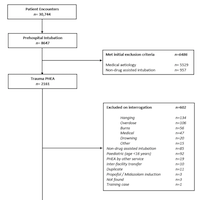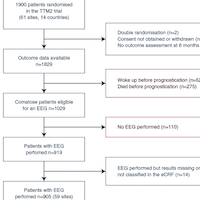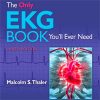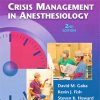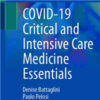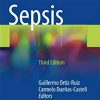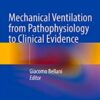Should We Stop Trending Lactate in Septic Shock?
pulmccm.org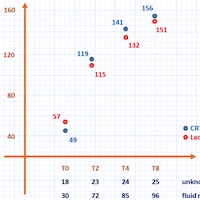
There may be a tendency to cement guideline recommendations into our collective minds as inalienable and sacrosanct – as if carved onto stone tablets and brought down to us from the heights of Mount Sinai. Thoughtful medicine, however, demands that we resist this inclination. This was a multi-centre, open-label randomized controlled study. 424 adult septic shock patients were enrolled [i.e. lactate ≥2.0 mmol/L, requiring vasopressors to maintain a MAP of 65 mm Hg after a fluid bolus of at least 20 mL/kg] to an 8 hour resuscitation protocol. One group [212 patients] had their hemodynamic targets driven by normalization of capillary refill time [CRT] to less than 3 seconds; the other group [212 patients] were resuscitated based upon serum lactate reduction [20% per 2 hours].



